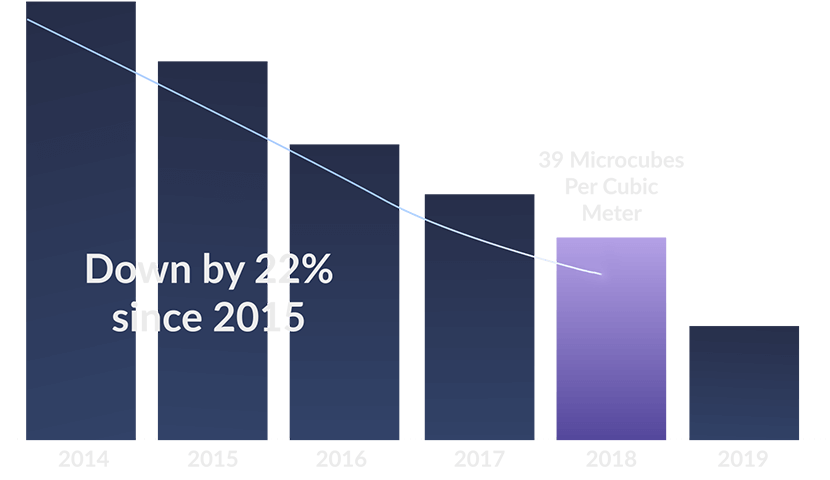
Since the founding of the People’s Republic of China in 1949, particularly after the introduction of the reform and opening-up policies of 1978, the Chinese government and the Chinese people have gained an increasingly deeper understanding of the importance of environmental protection and ecological conservation. In recent years, much headway has been made in pollution treatment and ecological progress.












